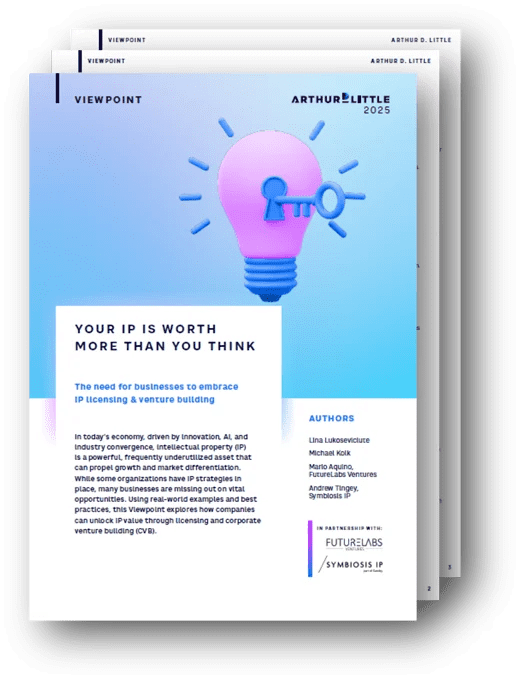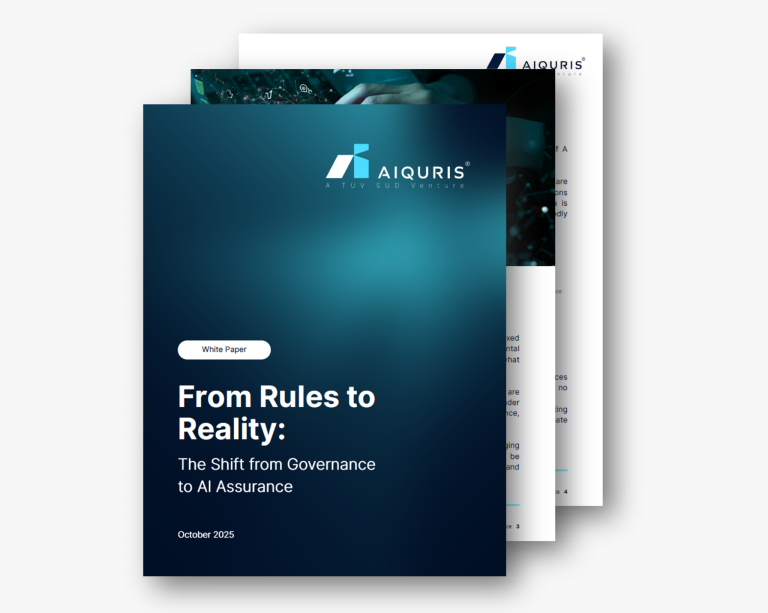When most teams talk about AI risk, the conversation usually lands on the obvious: data privacy, bias, and compliance. These matter. But they are only the beginning.
From years of working with AI across sectors like finance, healthcare, and automotive, we have seen that many of the most disruptive risks never make it onto the checklist. They are not hidden because they are too complex to find. They are hidden because no one is looking for them.
Why these risks slip through
AI does not behave like classical software technologies. AI algorithms learn models based on data and a given objective function with results that are hard to predict. The AI ecosystem relies on complex supply chain dependencies that include data providers, model vendors, and integration partners. A single change in one of these links can alter the behaviour of the whole system.
Some risks are not even “errors” in the traditional sense. Large Language Models, for example, are probabilistic. They generate answers based on patterns in data, not on factual certainty. This is why “hallucinations” – confident but incorrect statements – are not actually faults. They are an expected part of how the model works and provably unavoidable.
In casual use, this might be an annoyance. In high-stakes applications, it becomes a critical risk. If you are building systems where accuracy, predictability, or consistent interpretations are essential, AI specific controls are necessary to mitigate the risk. That risk will never be zero, which is not different to non-AI systems. However, AI requires a new governance and quality management approach that needs to be managed from day one of the AI system life cycle.
Spotting the blind spots
These hidden risks can emerge quietly. A chatbot that gradually shifts its answers because its training data changed. An AI tool in a hospital that works in testing but behaves differently when faced with real-world cases. A recommendation engine that delivers business value but quietly pushes up energy use. Most commonly, organisations make mistakes that others have made before them, unnecessarily sinking costs, delaying their innovation roadmaps, loosing competitive advantage, or putting their reputation at risk.
All of these examples do not all cause immediate non-compliance or critical damage, but they illustrate the need to update existing processes to manage AI specific risks. The golden rule of classical system engineering also holds true for AI: It is much easier and more cost effective to prevent system flaws than trying to fix them later.
A broader view of AI risk
Managing AI responsibly means looking beyond the familiar compliance checklist. A complete view requires holistic consideration of safety, security, legal exposure, ethics, performance, and sustainability characteristics. Together, these categories form a trusted and battle-hardened framework that reliably catch issues early, before they disrupt operations or reputations.
By widening the lens, organisations can move from reacting to problems to preventing them. That’s how you can create AI systems that are not only compliant but also resilient, transparent, and trusted.



